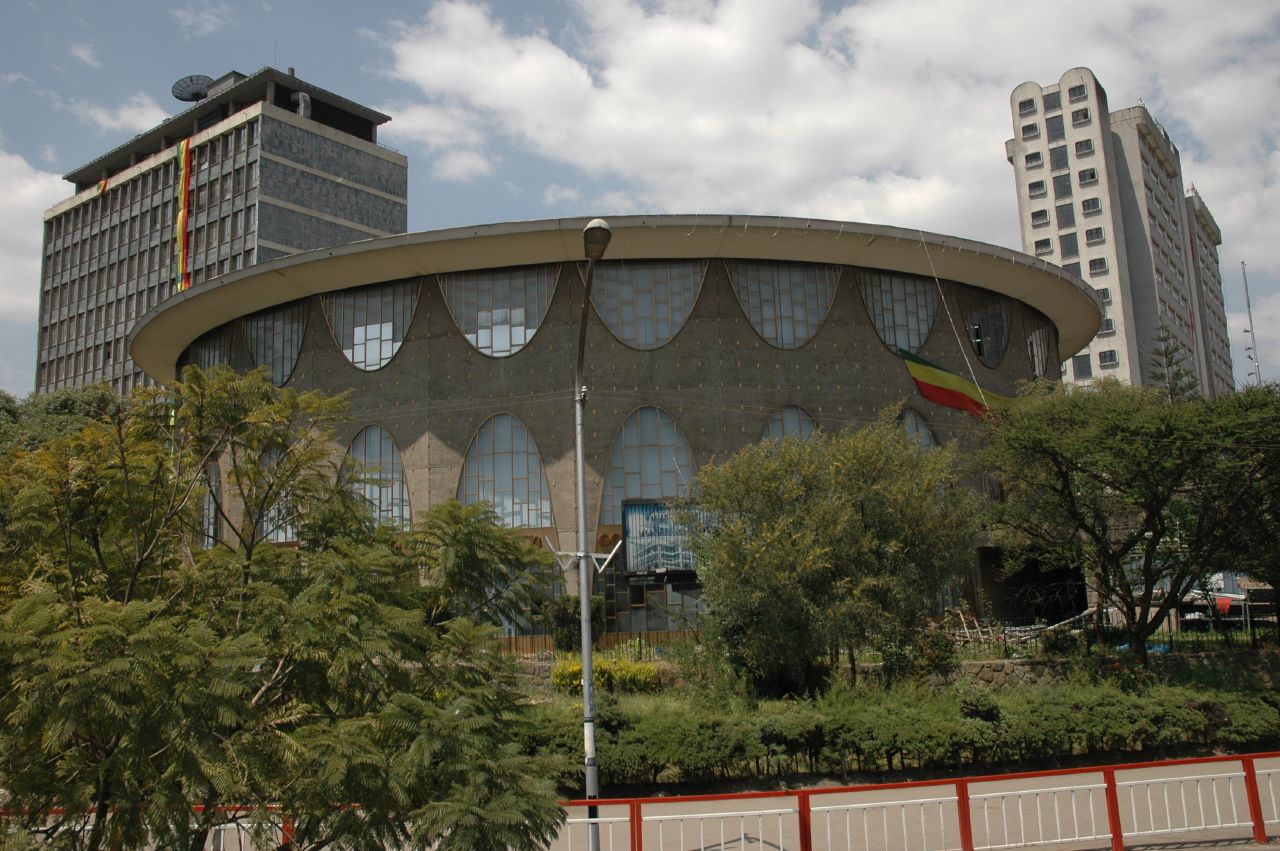Reports from Global Economic Prospects (GEP) released early this year forecasted 3.2 percent growth acceleration in Sub- Saharan Africa this year. This would be an increase from the 2.4 growth percent recorded last year and the preceding slowed growth rate in 2016 at 1.3 percent.
The World Bank’s GEP report indicated that Ethiopia would be the fastest growing country compared to others in the region. Ethiopia was given an accelerated growth of 8.2 percent. Tanzania would follow it with 6.8 percent growth rate; Rwanda with 5.9 percent and Kenya at 5.5 percent. Uganda would see the least growth in comparison at 5.1 percent with decreasing inflation levels in the region.
The accelerated growth rate was attributed to the expected expansion of economies at a steady pace pushed by increased investments in the region. The World Bank, however, said that such accelerated growth would depend on reforms and stable commodity prices. Further, this acceleration would still be below growth rates witnessed before global financial crisis set in. This was also an indication of the challenges faced by more significant economies in the region in facilitating an increase of private investments.
According to World Bank, Ethiopia is expected to remain in the lead with the fastest growth rate in the East Africa community. Its economy is likely to soften as the government tries to stabilize debt margins eventually. Kenya’s economy is also set to recover as inflation levels go down while Tanzania’s economy stabilizes owing to increased investments.
The Bretton Woods institution also cautioned governments against excessive external borrowing without proper planning of the future and budget management. The organization warned that such activities would in the end hurt by destabilizing economies and worsening debt situation. Further, they advised that there was the need to undertake reforms on fiscal deficits and rebuilding strategies in East Africa. This was especially of importance to the countries with limited resources coupled with high and still rising government debts.
The Sub Saharan Africa region is also faced with the sharp rise of global interest rates which could complicate their debts situation. This is with the high issuance of sovereign bonds over the past recent years in the region. The World Bank cited that if the area experiences a sharper economic slowdown than predicted, gains per capita and reduction of poverty prospects would be damaged. Furthermore, uncertainty in the region’s policy and political climates poses risks to their economies. This would be attributed to the loss of investor confidence resulting in decreased investments in parts of the region.




